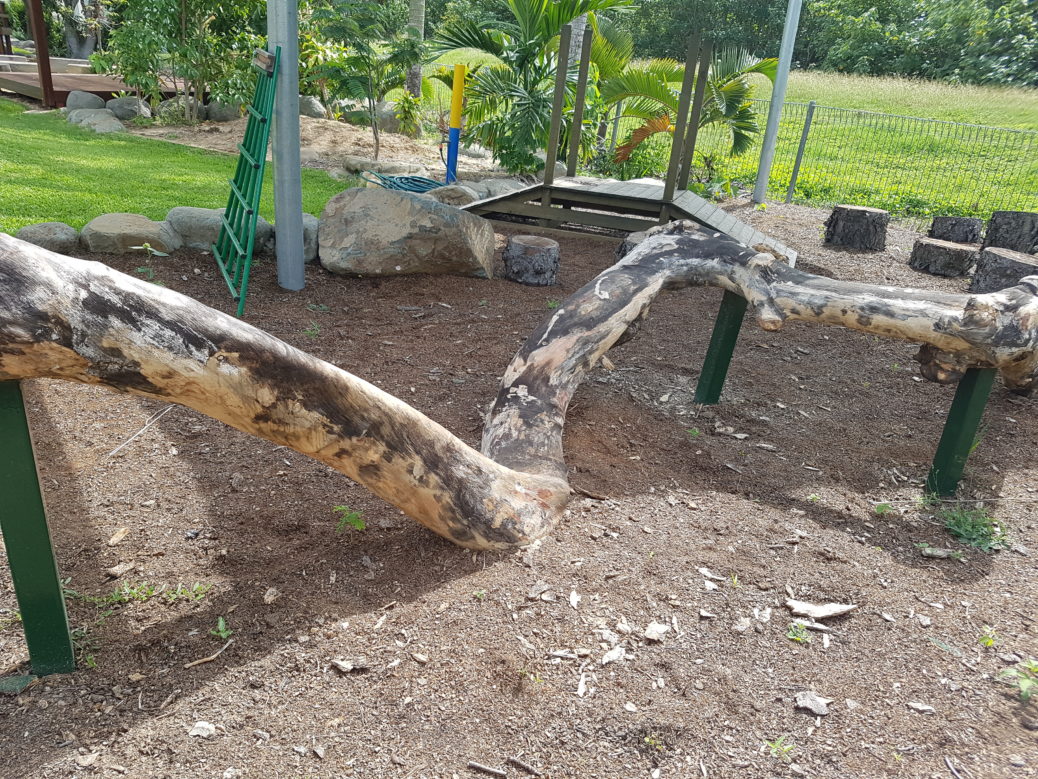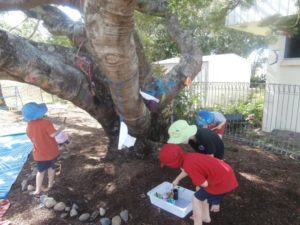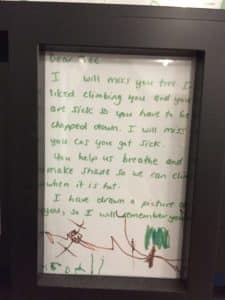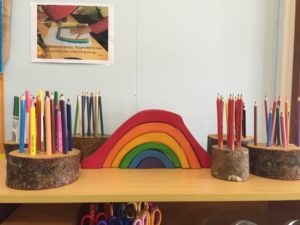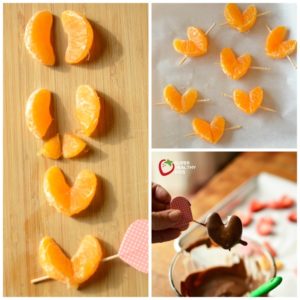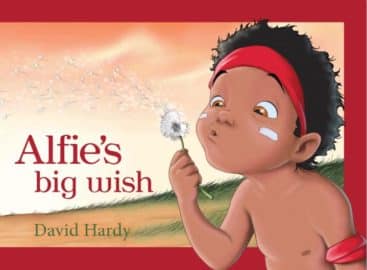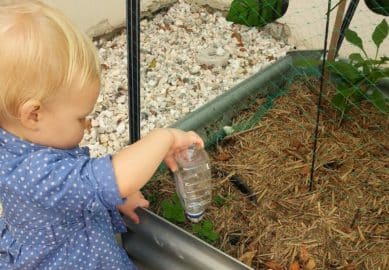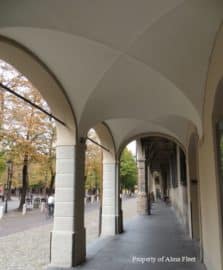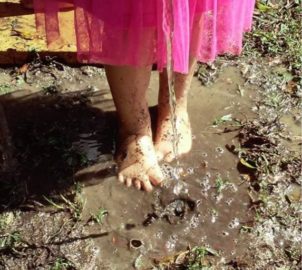Written by Angela Albert (Current Director/Teacher 2016 & Carolyn Atkinson past Director/Teacher 2015)
What was your motivation for the practice change?
We had a beautiful old Poinciana tree in the playground which was used as a climbing tree. When the playground was remodelled, soft fall was added to the area under it. After 2 years we received expert advice that the tree showed signs of being stressed, and was observed to be host to a fungus which affected the inside wood, making it too risky to remain a climbing tree.
Influencing texts included :
Last Child in the Woods: Saving Our Children From Nature-Deficit by Richard Louv
No Fear: Growing Up in a Risk-averse Society Paperback by Tim Gill
What were you hoping to achieve?
We wanted to maintain a natural climbing area for the children and retain our connection to the beautiful tree. We wanted children to appreciate the beauty, tradition, and aesthetics of the tree and celebrate our attachment to the tree for climbing, shade, colour, and habitat. We wanted to enhance our natural playground with a resource which was free, locally sourced, open – ended and interesting.
What is your practice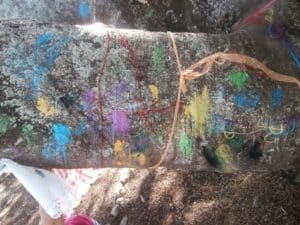
We explained to children and parents what had to happen to the tree and why and how we were hoping to preserve a part of it. Before the tree was cut down, we picnicked under it a last time and the children were encouraged to celebrate the life of the tree by decorating it with flowers, painting and stone arrangements. We drew the tree and asked children for comments about it and what they wanted to say to the tree.
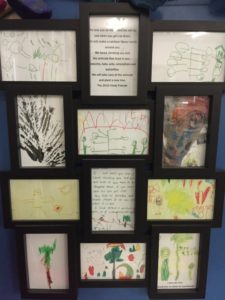
Reflections on your practice
As well as the staff having a strong connection to the environment and sustainable practices, the National Quality Standard (NQS) and the C&K Building Waterfalls Curriculum Guidelines list connecting to the natural environment and sustainable practices. It has been very rewarding seeing this year’s children enjoy the climbing tree. It was definitely worth the energy to preserve parts of our once beautiful tree for many more children to enjoy.
What were your Successes and Challenges?
As a naturally sourced climbing branch does not get transported from a factory in a box with a tick for Australian Standar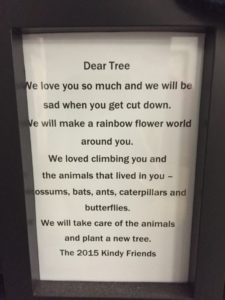
It is secured firmly into the ground with steel posts and the Kindy has a maintenance schedule which includes checking for rot. It is not a long term piece of equipment but one which is subject to the elements and natural decaying processes. Over time it will change from a much used climbing branch with a “ jumping off part” to an environmental learning opportunity to see how fungi contributes to the decaying process.
According to staff and parents and children, the climbing branch has been a huge success. Long term families at the centre were grateful for the respect staff showed for parts of the Kindy environment that they were attached to; children use it every day for a variety of dramatic play and over time develop the confidence to scramble up the steep part and take the risk of jumping off at the end.
Where to now?
We have plans to replace the climbing tree eventually with a similar tree, planted with the children…
…nutrients from the breakdown process will help to support the new climbing tree.
Going Deeper
We will provide some links to ideas / resources /articles / research/ peaks/recognised authorities/ to support further exploration of this practice.
A $200 ECW Voucher was rewarded to the Authors for this Good Practice Story.

